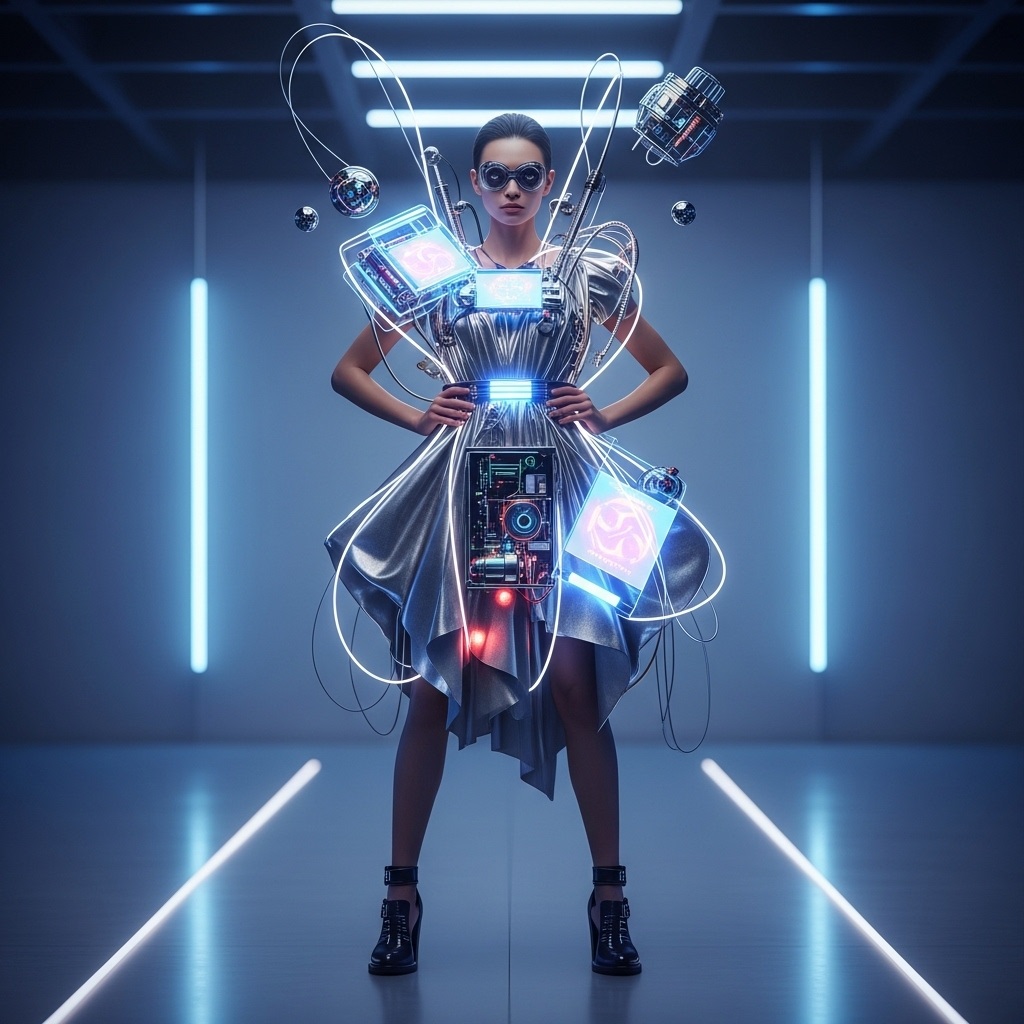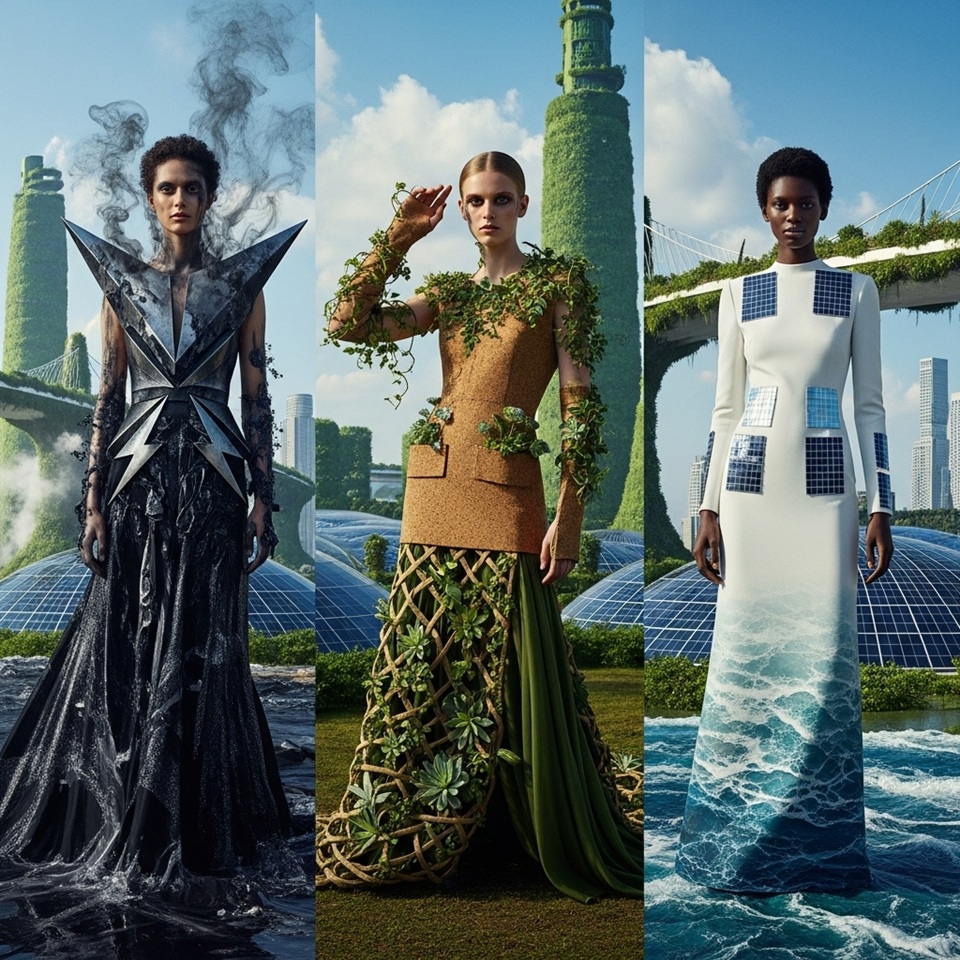The Rise of Futuristic Fashion Tech
Fashion and technology are no longer separate worlds. From 3D-printed dresses to AI-powered design assistants, the new era of fashion tech is reshaping how clothing is created, worn, and experienced. The Futuristic Fashion Tech Showcase brings together designers, engineers, and innovators exploring how technology can redefine beauty, comfort, and sustainability in clothing.
This movement is not about gadgets or gimmicks, but about practical, wearable innovation that transforms daily life — from what we wear on the runway to what we wear on a rainy commute.
Smart Fabrics and Wearable Innovation
One of the most talked-about elements in futuristic fashion is smart fabric. These textiles do more than look good — they interact with your body and environment. Some fabrics change color based on temperature or mood, while others track your health metrics through embedded sensors.
Imagine a workout shirt that monitors your heart rate and sends alerts if your stress levels rise too high, or a jacket that charges your phone using solar panels woven into its fabric. These concepts, once science fiction, are now being tested in real-world fashion labs.
At the Futuristic Fashion Tech Showcase, brands like Cutecircuit and Loomia display clothing embedded with LEDs and touch-sensitive controls. The technology is subtle and comfortable, blending fashion design with functionality.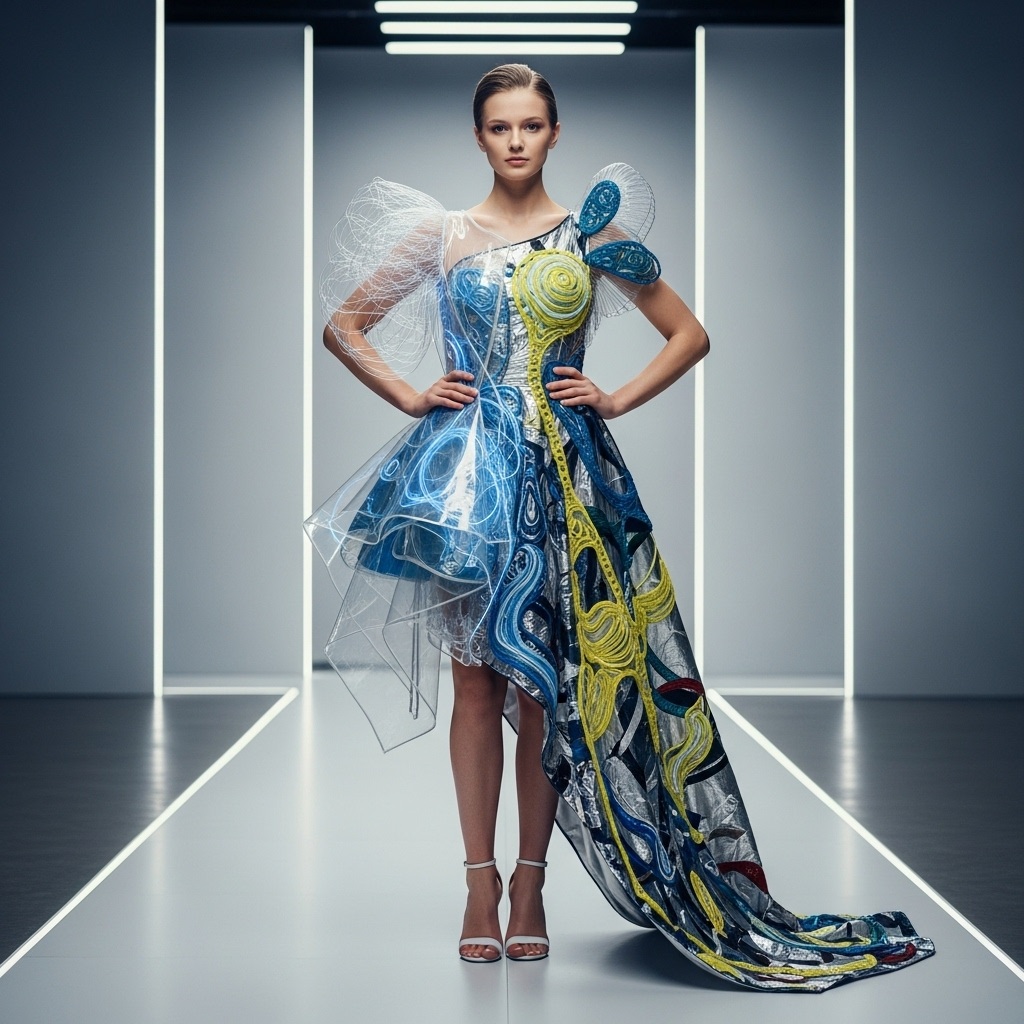
3D Printing: Customization Meets Creativity
Another major highlight is 3D-printed clothing. Designers are now able to produce entire garments using 3D printers, eliminating fabric waste and speeding up production. The results are stunning — sculptural dresses, intricate accessories, and even biodegradable shoes.
3D printing also means personalization on a whole new level. Your body measurements can be scanned and fed into a design program, creating a piece that fits you perfectly without multiple fittings. Some brands are experimenting with downloadable designs, letting users print their own fashion at home.
This technology doesn’t just save resources; it gives consumers creative control. The line between designer and wearer continues to blur, inviting more participation from fashion enthusiasts worldwide.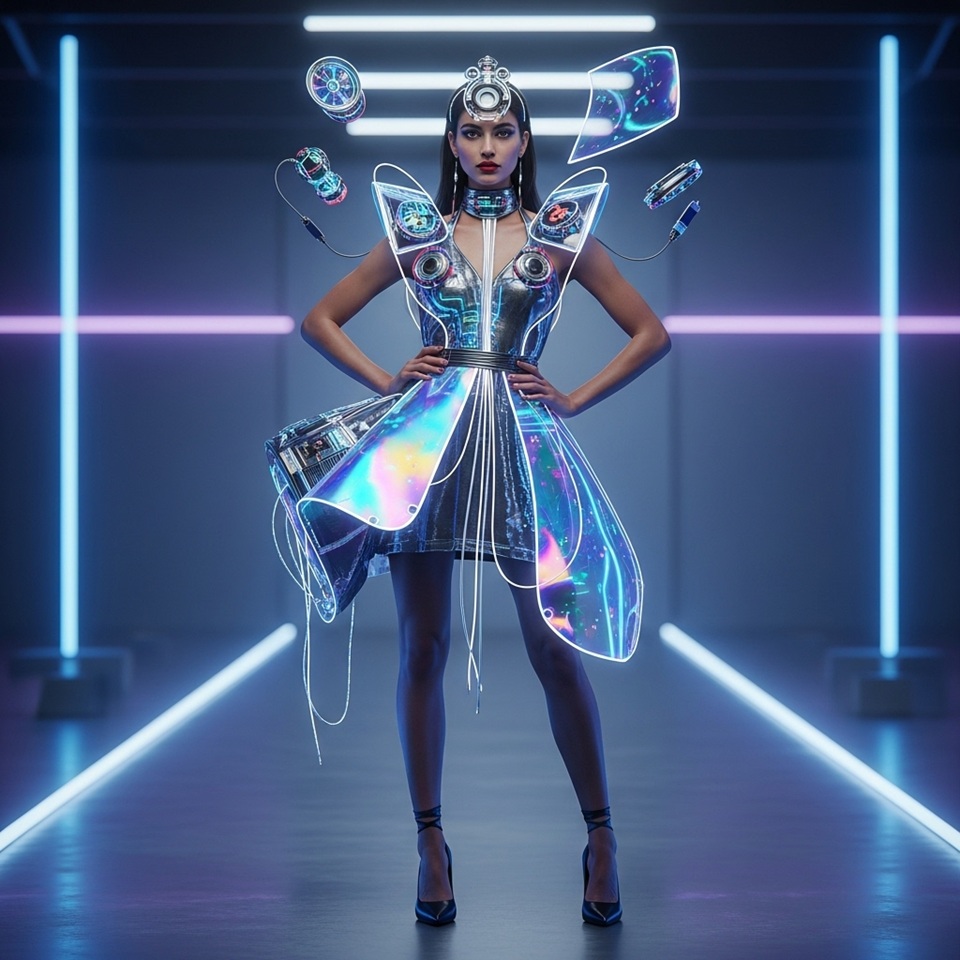
The Role of Artificial Intelligence in Fashion Design
AI is revolutionizing fashion behind the scenes. Through advanced data analytics, AI tools predict trends, suggest color palettes, and even create original designs. Many brands now use AI to understand customer preferences, helping them produce only what will sell — a key step toward sustainability.
AI-generated designs are also pushing creative boundaries. Designers use generative algorithms to produce patterns and silhouettes that would take humans much longer to conceive. It’s not about replacing creativity but amplifying it.
Fashion platforms such as The Fabricant and DRESSX use AI to design digital-only garments, which are sold as NFT wearables or showcased in virtual fashion shows. These digital outfits exist purely online but carry real value and artistry.
Augmented Reality and Virtual Runways
Fashion shows have always been visual spectacles, but technology is changing how audiences experience them. Augmented Reality (AR) and Virtual Reality (VR) are allowing designers to host immersive runway shows accessible from anywhere in the world.
Attendees at the Futuristic Fashion Tech Showcase can try on digital clothing using AR mirrors or VR headsets. These tools project virtual outfits onto your reflection in real-time, letting you “wear” designs that haven’t even been physically made yet.
This tech is not just fun — it reduces waste by minimizing sample production and shipping. Virtual fashion weeks have become a trend since the pandemic, merging creativity with sustainability. Brands like Balenciaga and Tommy Hilfiger have already experimented with VR-based collections.
For more on AR fashion experiences, check out our related piece on Virtual Clothing Trends.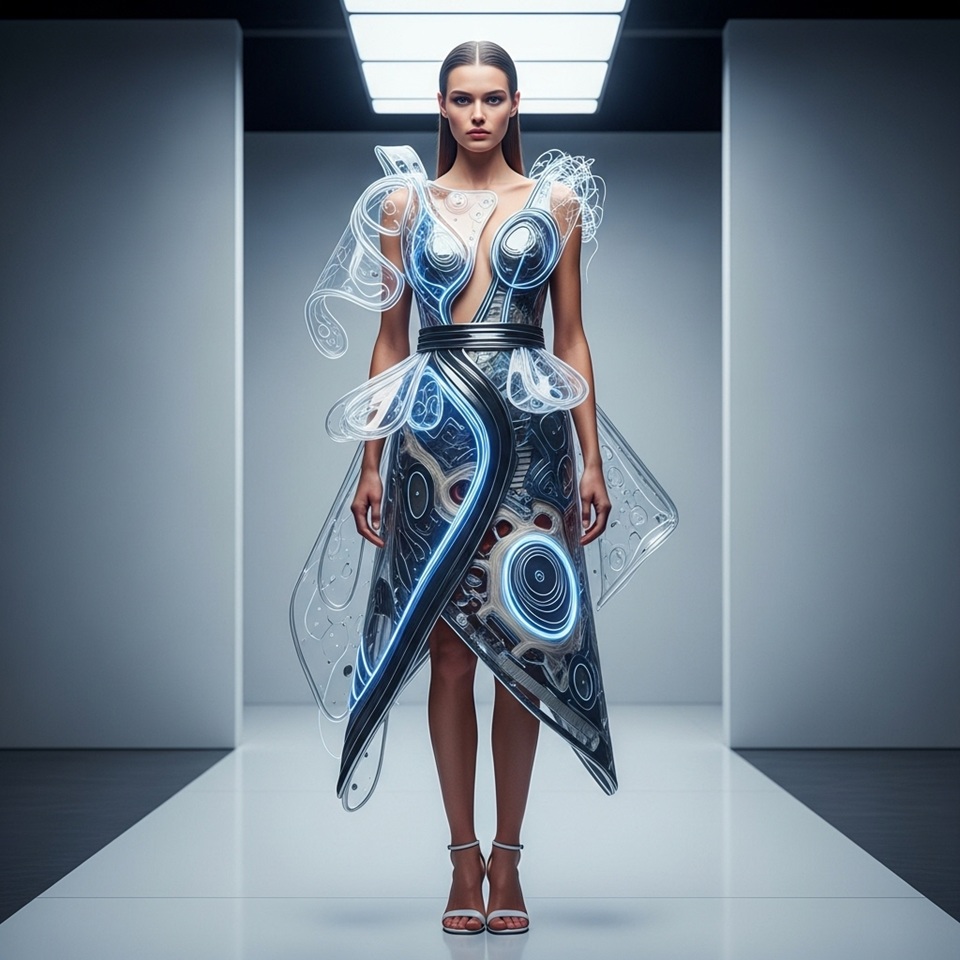
Sustainable Fashion through Technology
Sustainability remains a core theme in futuristic fashion. New technologies are being used to tackle waste, pollution, and unethical production. Biofabrication, for instance, creates textiles from natural organisms such as algae, mushrooms, and bacteria.
This approach reduces dependency on synthetic fibers like polyester and eliminates harmful dyeing processes. Imagine clothing grown in labs instead of factories — soft, breathable, and biodegradable.
Blockchain technology is also entering the conversation. It helps trace the origin of garments, ensuring transparency in the supply chain. Buyers can scan a QR code to see where their clothes were made, by whom, and with what materials.
Fashion Meets Robotics
Robotics may sound like a stretch for fashion, but it’s already making waves. Designers like Anouk Wipprecht have created robotic dresses that respond to movement, light, or even human emotions. Her Spider Dress reacts defensively when someone invades the wearer’s personal space — a powerful mix of art, tech, and psychology.
Robots are also entering manufacturing floors, handling tasks like stitching, cutting, and packaging with precision. These innovations aim to reduce human labor strain while improving production efficiency and quality.
While some worry about automation replacing jobs, others see it as a chance for humans to focus on creativity while machines handle repetitive tasks.
Fashion in the Metaverse
The metaverse has opened new frontiers for digital fashion. Instead of owning physical clothes, users can now buy digital garments for their avatars in virtual spaces like Decentraland, Roblox, and Meta Horizon Worlds.
These virtual outfits often carry high fashion labels, blurring the line between real and digital identity. Gucci, Prada, and Nike have already entered this space, selling virtual sneakers and accessories that exist only online.
What’s fascinating is that digital fashion has almost zero environmental impact. There’s no fabric waste, no shipping, and no pollution. It’s a creative economy driven by imagination and code.
For an in-depth take on this, see our article on Metaverse Fashion.
The Role of Data and Personalization
One of the most powerful outcomes of fashion tech is personalization. Brands are collecting data to better understand consumer habits — what people like, dislike, and wear most often. Using that data, companies can suggest styles that suit individual preferences and body types.
Some stores are experimenting with smart fitting rooms that use cameras and sensors to analyze how clothes fit. The system then suggests the right size or alternative colors, creating a smoother shopping experience and reducing returns.
As more consumers demand ethical and personalized products, data-driven fashion helps brands deliver both efficiently.
Challenges in the Future of Fashion Tech
Despite the excitement, futuristic fashion faces real challenges. Cost remains a barrier, as smart fabrics and 3D printing technologies are still expensive to scale. Privacy is another concern — especially with wearable devices collecting health or biometric data.
There’s also the creative dilemma: how much technology is too much? Many argue that while innovation is exciting, it should never overshadow artistry and cultural expression.
Balancing innovation, sustainability, and emotion is the real test of futuristic fashion.
What to Expect in the Next Decade
Over the next ten years, fashion tech will likely merge even deeper with everyday life. We’ll see fabrics that self-clean, shoes that adapt to different terrains, and accessories that translate languages in real-time.
Retail will also evolve — expect virtual try-ons to become the norm, while 3D body scanning replaces traditional sizing charts. The goal is to make fashion more inclusive, efficient, and environmentally conscious.
The Futuristic Fashion Tech Showcase offers a glimpse into this world — one where creativity and technology move together, shaping how we express ourselves through clothing.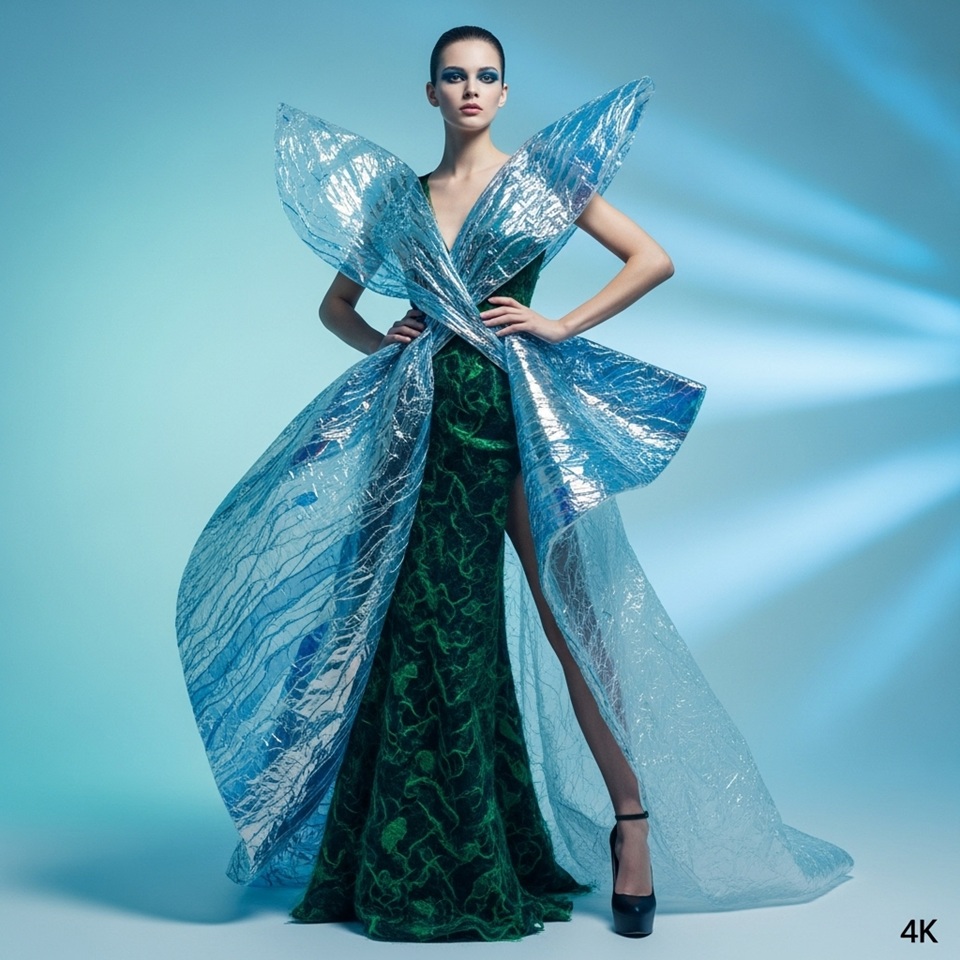
Summary
Fashion is no longer just about style. It’s about smart choices, digital experiences, and sustainable innovation. The fusion of technology and design is changing everything — how clothes are made, sold, and worn.
From AI-powered designs to AR runways, each breakthrough brings us closer to a more connected and responsible fashion industry. The Futuristic Fashion Tech Showcase proves that the future of fashion isn’t just near — it’s already here.
FAQs
1. What is the main goal of futuristic fashion tech?
The goal is to merge creativity with technology to make clothing more functional, sustainable, and personalized. It goes beyond looks to focus on innovation and user experience.
2. How is AI being used in fashion design?
AI analyzes consumer data, predicts trends, and even generates new clothing designs. It helps brands produce what customers actually want, reducing waste and boosting creativity.
3. What is 3D printing’s role in fashion?
3D printing allows designers to create customized garments with minimal waste. It’s used to make shoes, jewelry, and even entire dresses with precision and speed.
4. Are smart fabrics comfortable to wear?
Yes. Modern smart fabrics are designed to be breathable, flexible, and comfortable, often using lightweight sensors that don’t interfere with daily movement.
5. How does technology make fashion more sustainable?
Through innovations like biofabrication, AI-driven production, and blockchain transparency, technology reduces waste, pollution, and unethical labor practices.
Related Articles:



